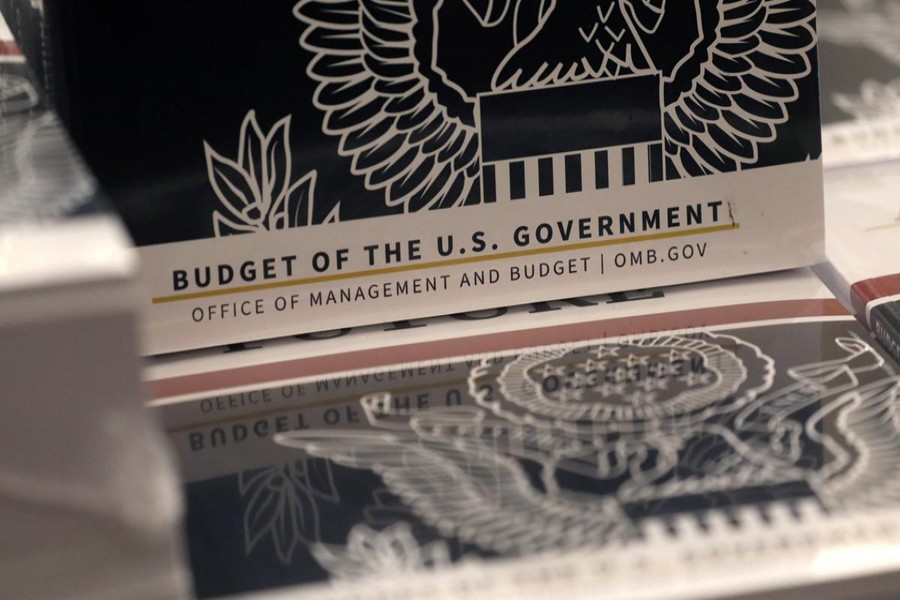President Donald Trump’s $4.8 trillion budget plan for the coming fiscal year drew a prompt rejection on Monday from congressional Democrats, who said it betrayed his promise to protect popular health and safety-net programmes.
The White House presented the budget as a blueprint for the president’s policy priorities. It includes funding to build a wall on the US border with Mexico and fight the opioid crisis, but cuts billions of dollars from safety net programmes under the banner of welfare reform.
The budget is largely a political document that serves as a starting point for negotiations with Congress. With an eye toward reducing debt and deficits, Trump once again proposed steep cuts to housing, environmental, transportation and other programmes that have been rejected by lawmakers in past years.
“We’re going to keep proposing these types of budgets and hope that at some point Congress will have some sense of fiscal sanity and join us in trying to tackle our debt and deficits,” Russ Vought, acting director of the White House Office of Management and Budget, told reporters.
Democrats said Trump’s proposal upended his promise in last week’s State of the Union speech to “always protect” the popular Social Security pension plan and the Medicare health plan for seniors.
“Americans’ quality, affordable health care will never be safe with President Trump,” said House speaker Nancy Pelosi.
“Everyone knows the latest Trump budget is dead on arrival in Congress,” said Sheldon Whitehouse, a Democrat on the Senate Budget Committee.
Trump’s budget would reduce Medicare spending by lowering drug costs and tightening eligibility requirements for Social Security’s disability programme.
It also would enact new work requirements for people who get food stamps or use the Medicaid health plan for the poor.
Last year Trump signed a two-year budget deal with Congress that increased federal spending on defence and several other domestic programmes, adding to a growing government debt.
Trump’s proposed military spending adheres to that plan. But his proposed spending for domestic agencies, like the Education Department and the Environmental Protection Agency, is 6.0 per cent below the $635 billion outlined in that agreement.
Senate Budget Committee chairman Mike Enzi, a Republican, said earlier this year that he intends to stick to the spending levels in the congressional budget deal, which would in effect ignore Trump’s proposed domestic spending cuts.
Growth projections
Trump’s proposed budget for fiscal 2021 includes $2.0 billion to fund further construction on the border wall with Mexico, a project that is especially popular with his political base, and funding for an infrastructure bill that is unlikely to be passed by Democrats and Republicans in Congress.
It forecasts $4.6 trillion in deficit reduction over 10 years and assumes economic growth at an annual rate of roughly 3.0 per cent for years to come. Vought said those figures were based on an assumption that Trump’s policies would be enacted.
The economic projections are optimistic. The Congressional Budget Office predicts the US economy will grow 2.2 per cent in the current fiscal year, which ends on September 30, and grow less than 2.0 per cent in future years.
The economy grew 2.3 per cent in calendar year 2019.
Trump has taken credit for the strength of the US economy thanks in part to tax cuts he championed and Congress passed earlier in his term.
The White House proposal slashes spending by $4.4 trillion over 10 years, and aims to reduce the deficit by $4.6 trillion in that time period.
While Trump campaigned on a promise of eventually eliminating the country’s huge debt, each year of his plan projects significant budget deficits that actually would add to the $22 trillion debt.
This year’s deficit will hover at around $1.0 trillion and decline next year to $966 billion if his plan were to be enacted. Even so, over 10 years, deficits would add $5.6 trillion to the debt, not counting interest payments.


